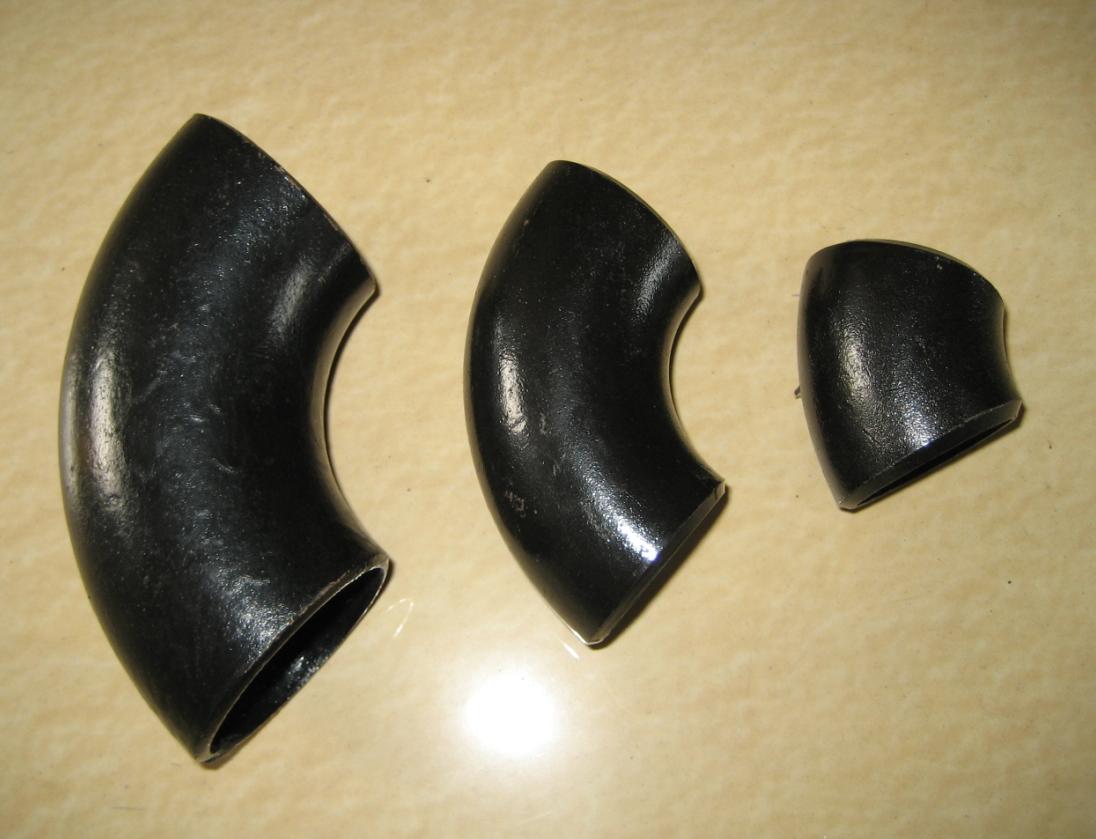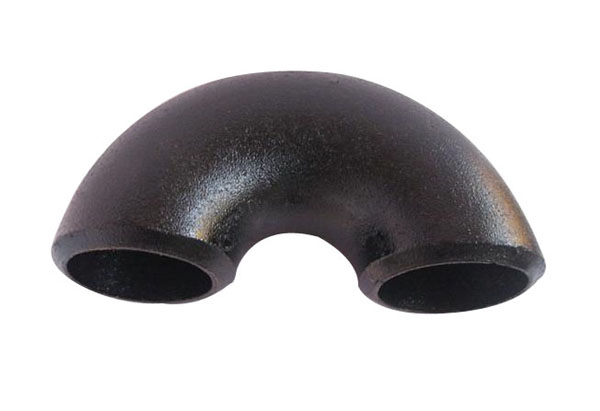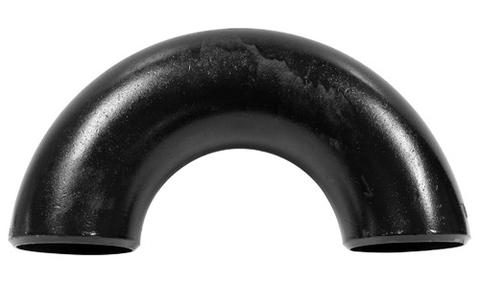Choosing the Right Carbon Steel Elbow for Your Piping System
The proper selection of components is critical when designing an efficient and reliable piping system, and one such crucial component is the carbon steel elbow. This article serves as a guide to aid professionals in choosing the right carbon steel elbow for their specific piping systems. By understanding key considerations, material characteristics, and application requirements, informed decisions can be made to ensure optimal performance and longevity.

Key Considerations in Choosing Carbon Steel Elbows:
- Operating Conditions: Consider the temperature, pressure, and corrosive nature of the fluid within the piping system. Carbon steel elbows are well-suited for a wide range of operating conditions, but selecting the right grade is essential for longevity and performance.
- Pipe Diameter and Thickness: Match the diameter and thickness of the carbon steel elbow with the specifications of the piping system. Proper sizing ensures seamless integration and optimal fluid flow characteristics.
- Bend Angle and Radius: The bend angle and radius of the carbon steel elbow impact the fluid flow and pressure drop within the system. Understanding the system requirements and constraints will guide the selection of the most appropriate elbow design.
- End Connections: Evaluate the end connections of the carbon steel elbow in relation to the existing or planned piping infrastructure. Compatibility and ease of installation are key factors in achieving a reliable connection.

Material Characteristics:
- Carbon Steel Grades: Carbon steel elbows are available in various grades, each offering specific attributes. Common grades include ASTM A234 WPB, ASTM A420 WPL6, and ASTM A860 WPHY 52. The choice depends on factors such as temperature range, impact resistance, and corrosion resistance.
- Corrosion Resistance: Assess the potential for corrosion within the piping system. While carbon steel elbows inherently possess good corrosion resistance, additional coatings or treatments may be necessary for specific environments.
- Temperature and Pressure Ratings: Verify that the selected carbon steel elbow is suitable for the temperature and pressure conditions expected in the piping system. Refer to manufacturer specifications and industry standards for guidance.
Application-Specific Considerations:
- Industry Standards and Regulations: Ensure compliance with industry standards and regulations relevant to the specific application. This may include ASME B16.9 for dimensions and tolerances or ASME B31 series for piping codes.
- Fluid Compatibility: Confirm that the carbon steel elbow is compatible with the fluid being transported. Certain applications may require additional considerations, such as resistance to abrasion or erosion.

Conclusion:
Choosing the right carbon steel elbow is a critical step in the design and construction of a reliable piping system. By carefully considering operating conditions, material characteristics, and application-specific requirements, engineers and project managers can ensure the seamless integration of carbon steel elbows, promoting optimal fluid flow, durability, and overall system performance. Taking the time to make informed decisions during the selection process pays dividends in the form of a robust and efficient piping infrastructure.
